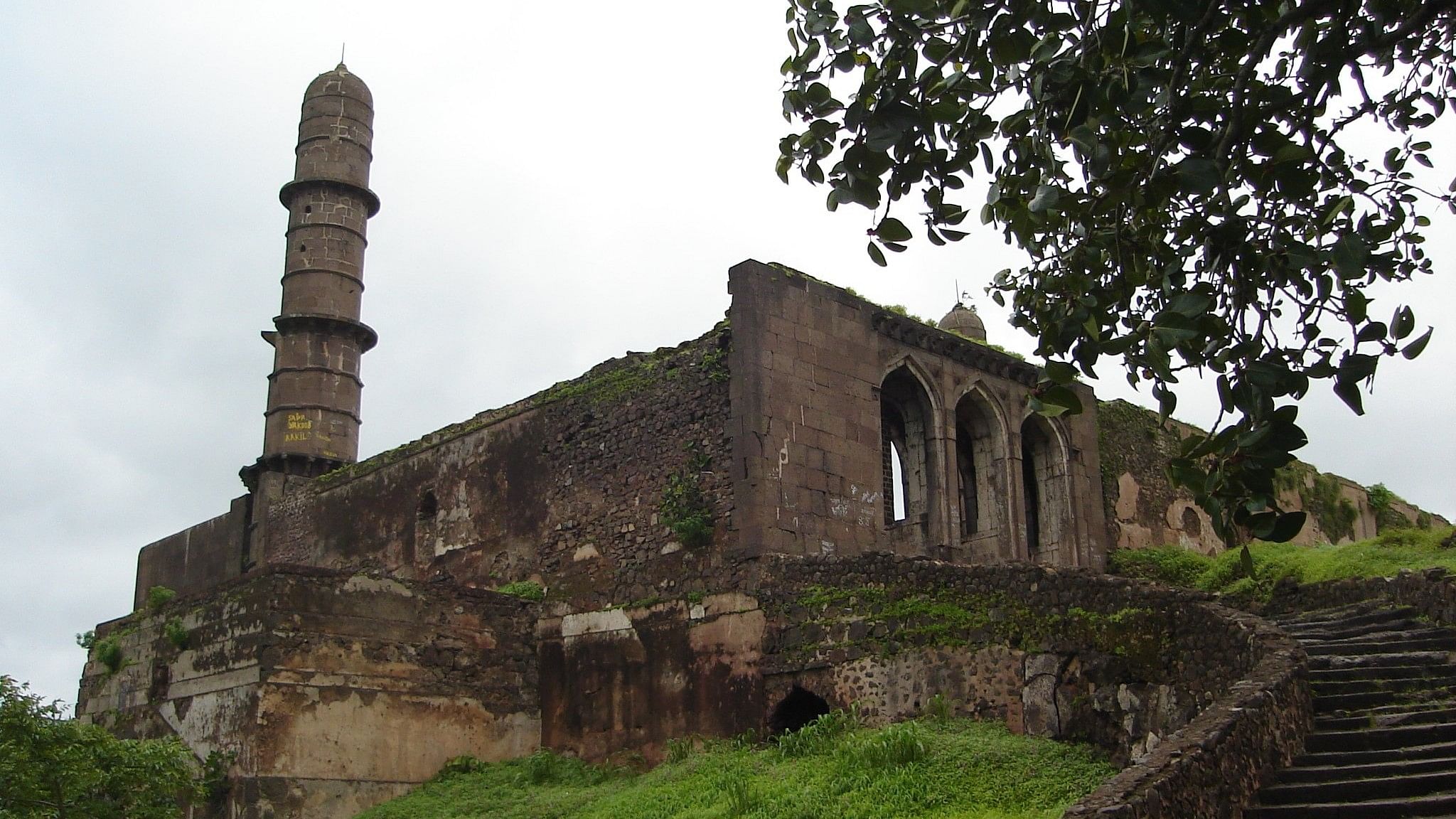
Asirgarh Fort in Burhanpur Madhya Pradesh.
IMAGE COURTESY: WIKIPEDIA
During my assignment to oversee recruitment in Burhanpur (Madhya Pradesh) for the role of constables in the Central Reserve Police Force in the early 1980s, I arrived in the city during the early hours of the morning.
Since the recruitment was slated for the following day, I decided to explore the area. Upon the suggestion of my local police driver, I embarked on a visit to Asirgarh Fort, which held significant historical value and was a mere 20 kilometres away towards Khandwa.
Impressed by the grandeur of the fort, I resolved to revisit it later. The opportunity presented itself when I had to attend a family function in Nashik. After a four-hour train journey, we reached Burhanpur in the early hours, checked into a hotel, and spent the first day visiting local tourist attractions. The subsequent day, we set off for the eagerly anticipated trip to Asirgarh.
The journey to the fort began with a 20-kilometre drive followed by an uphill ascent towards the fort, situated atop a hill at an altitude of 850 feet. The road was in poor condition, indicating a lack of interest from the State Tourism Ministry in promoting this remarkable structure.
Upon arrival at the massive wooden-cum-iron gate, it was evident that the fort had been well fortified in its heyday when it housed a bustling township with thousands of residents.
The strategic location of the fort, offering a panoramic view extending up to a kilometre or more, made it nearly impregnable, thwarting even the attempts of renowned figures like Akbar to conquer it.
Delving into its history, we discovered that the fort served as a gateway to the southern regions of the country. Legend has it that the fort derived its name from Asa Ahir, a wealthy individual who settled atop the fort after being granted permission by a Sufi saint named Hazrat Noman Chisthi. However, his benevolence proved fatal when Sultan Nasir Khan Farooqi took advantage of his hospitality, leading to the treacherous occupation of the fort.
The fort’s current form dates back to the 15th century when it was rebuilt by Adil Khan II, covering an area of 60 acres with walls towering between 80 to 120 feet. Despite numerous attempts, including by Akbar during Sultan Bahadur Shah’s reign, the fort remained unconquered until 1601 when treachery facilitated its capture by the Mughals.
As we explored the fort, we encountered various landmarks such as the Jama Masjid, constructed of black stone and believed to accommodate 1,200 worshippers. Nearby stood the ancient Mahadeo temple, built in Maratha style in the 18th century, housing a bell that produces a resounding sound with the slightest movement. Further exploration revealed spots such as the convict’s gallows and prison cells, where individuals like the revered freedom fighter Veer Surendra Sai were once held captive. The fort also housed ruins of British barracks and cemeteries, serving as a poignant reminder of its varied historical chapters.
Despite its rich history and potential as a tourist attraction, the fort lies neglected and is rumoured to be haunted. However, with proper attention and investment from the Madhya Pradesh Tourism, it could be transformed into a thriving destination, benefiting both visitors and locals alike.